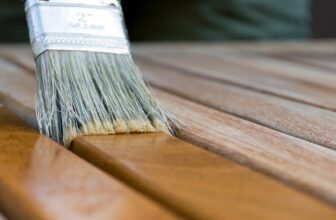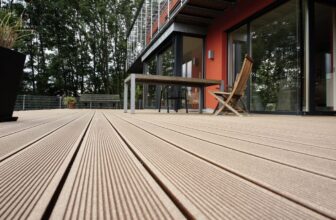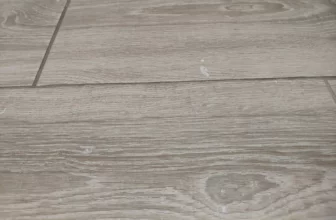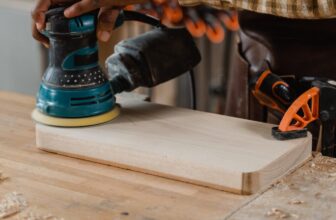Lacquer thinner and paint thinner are two solvents commonly used in the painting industry. While they share some similarities, they have different compositions and uses. It’s essential to understand the distinctions between the two to ensure that you’re using the correct solvent for your specific needs. This article will compare and contrast lacquer thinner vs. paint thinner, covering their composition, properties, uses, and safety precautions.
What is Lacquer Thinner?
Lacquer thinner typically consists of a mixture of solvents, including acetone, toluene, and methyl ethyl ketone (MEK). These solvents work synergistically to effectively thin and dissolve lacquer coatings.
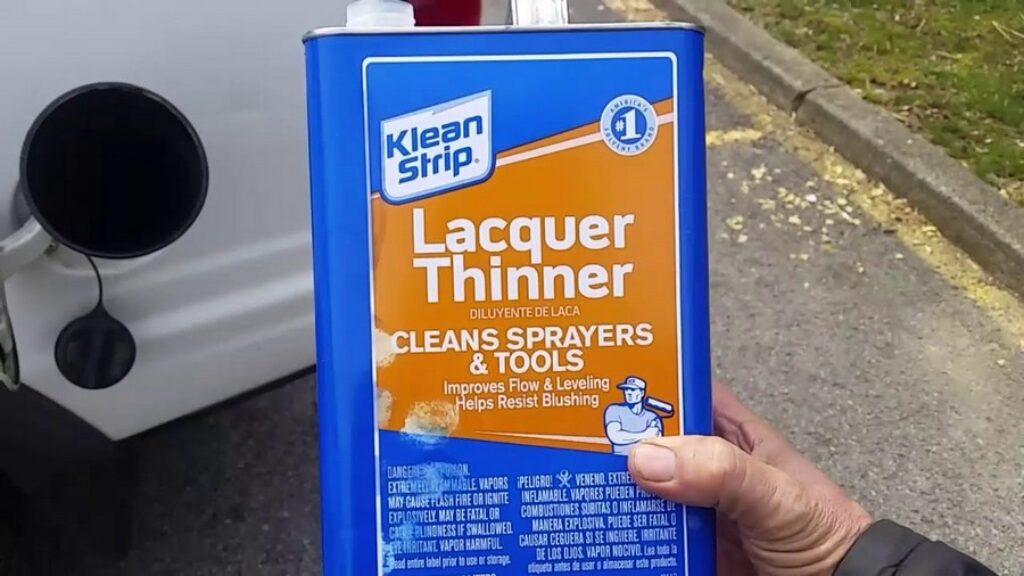
Highly flammable and volatile, lacquer thinner evaporates quickly. It serves as an efficient solvent for cleaning and preparing surfaces before painting, removing lacquer and other finishes from surfaces, and thinning and dissolving lacquer coatings.
The primary use of lacquer thinner is to thin and dissolve lacquer coatings. However, it also finds application in tasks like cleaning and preparing surfaces before painting and removing lacquer and other finishes from surfaces.
What is Paint Thinner?
Paint thinner, also known as mineral spirits, typically consists of a mixture of petroleum-derived solvents such as mineral spirits, naphtha, and/or turpentine. These solvents combine to thin oil-based paints and clean painting tools such as brushes, rollers, and spray equipment.
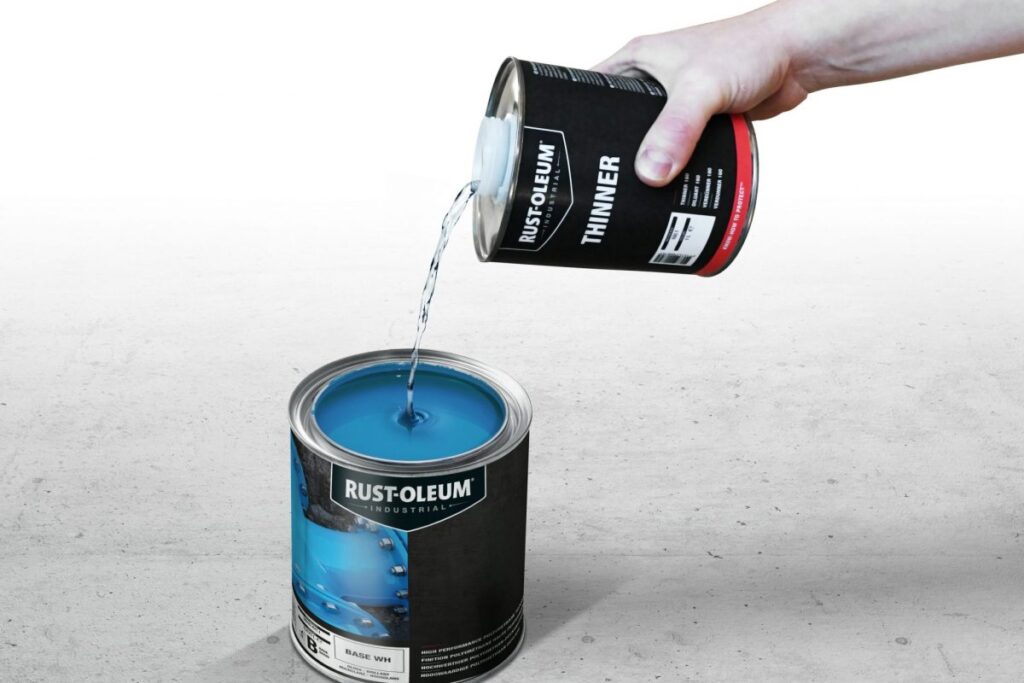
A flammable solvent that evaporates more slowly than lacquer thinner, paint thinner is useful for thinning oil-based paints, cleaning painting tools, and removing oil-based paints from surfaces.
The primary use of paint thinner is to thin oil-based paints and clean painting tools. It’s also effective in removing oil-based paints from surfaces and diluting paint to create thinner coats or washes.
Differences between Lacquer Thinner and Paint Thinner
Lacquer thinner and paint thinner have distinct chemical compositions. Lacquer thinner comprises a mixture of solvents such as acetone, toluene, and MEK, whereas paint thinner consists of petroleum-derived solvents like mineral spirits, naphtha, and/or turpentine.
Lacquer thinner is specifically formulated for use with lacquer coatings, while paint thinner is formulated for use with oil-based paints. Using the wrong solvent can result in poor paint adhesion, cracking, or other damage to the surface.
| Lacquer Thinner | Paint Thinner | |
| Methanol | 15% to 40% | 0% |
| Acetone | 10% to 30% | 0% |
| Hydrotreated light distillate | 10% to 30% | 0% |
| Toluene | 10% to 30% | 0% |
| Ethyl acetate | 3% to 7% | 0% |
| Mineral spirits | 0% | 80% to 100% |
| Benzene | 0% | 3% to 7% |
Both lacquer thinner and paint thinner are highly flammable and volatile solvents, necessitating proper ventilation and handling. However, lacquer thinner is typically more hazardous than paint thinner and should only be used in a well-ventilated area with appropriate protective equipment.
Comparison table of Lacquer vs Paint Thinner
Here’s a comparison table for Lacquer Thinner vs. Paint Thinner:
| Lacquer Thinner | Paint Thinner | |
|---|---|---|
| Chemical Composition | A mixture of solvents such as acetone, toluene, and methyl ethyl ketone (MEK) | A mixture of petroleum-derived solvents such as mineral spirits, naphtha, and/or turpentine |
| Properties | Highly flammable, volatile solvent that evaporates quickly | Flammable solvent that evaporates more slowly than lacquer thinner |
| Primary Uses | Thinning and dissolving lacquer coatings, cleaning and preparing surfaces before painting, removing lacquer and other finishes from surfaces | Thinning oil-based paints, cleaning painting tools, removing oil-based paints from surfaces, diluting paint to create thinner coats or washes |
| Safety Precautions | Keep away from heat sources and open flames, use in a well-ventilated area while wearing appropriate protective equipment | Keep away from heat sources and open flames, use in a well-ventilated area while wearing appropriate protective equipment |
Similarities between Lacquer Thinner and Paint Thinner
Both lacquer thinner and paint thinner are solvents used to thin and dissolve coatings. It’s important to note that both of these solvents are highly flammable and should be kept away from heat sources and open flames to prevent accidents. Additionally, to ensure safety, both solvents require proper ventilation and handling. Always use them in a well-ventilated area while wearing appropriate protective equipment.
Conclusion
In summary, lacquer thinner and paint thinner are two solvents commonly used in the painting industry. They have different compositions and uses, and it’s crucial to select the right solvent for your project to achieve the best results and ensure safety.


